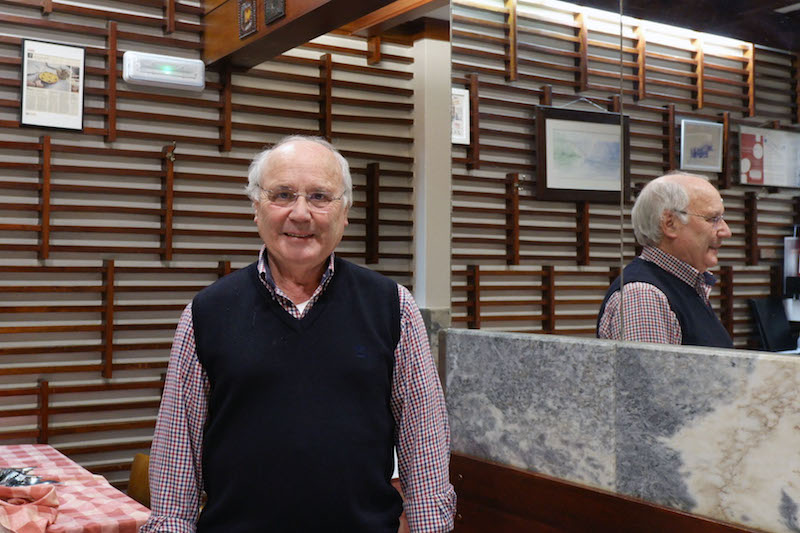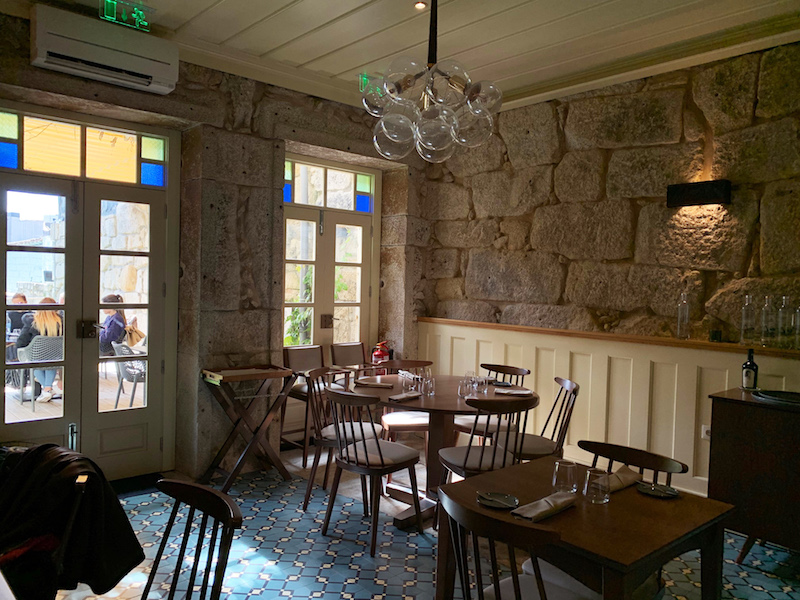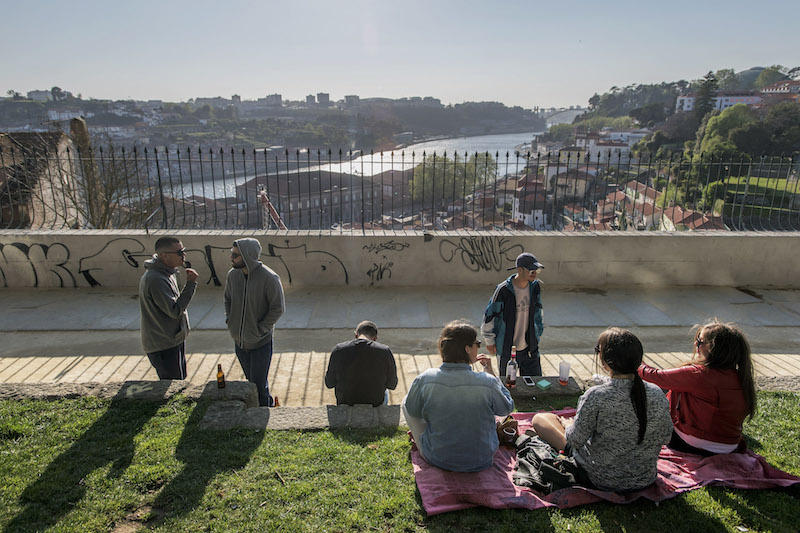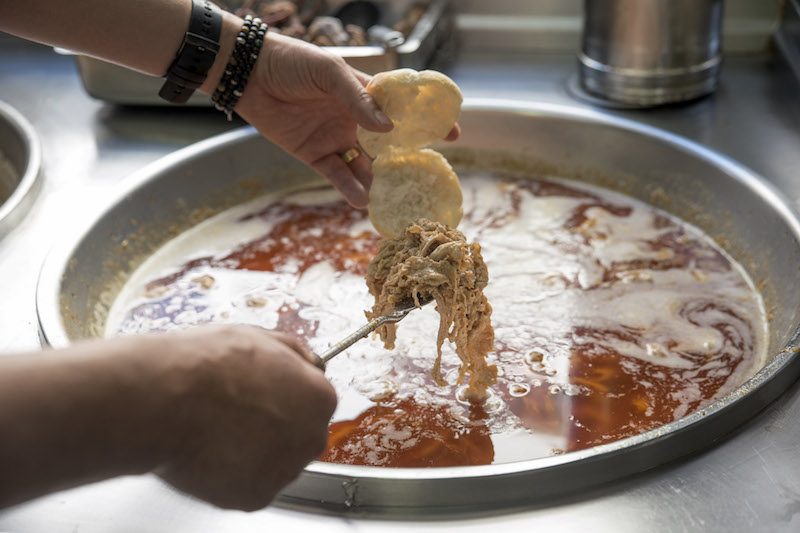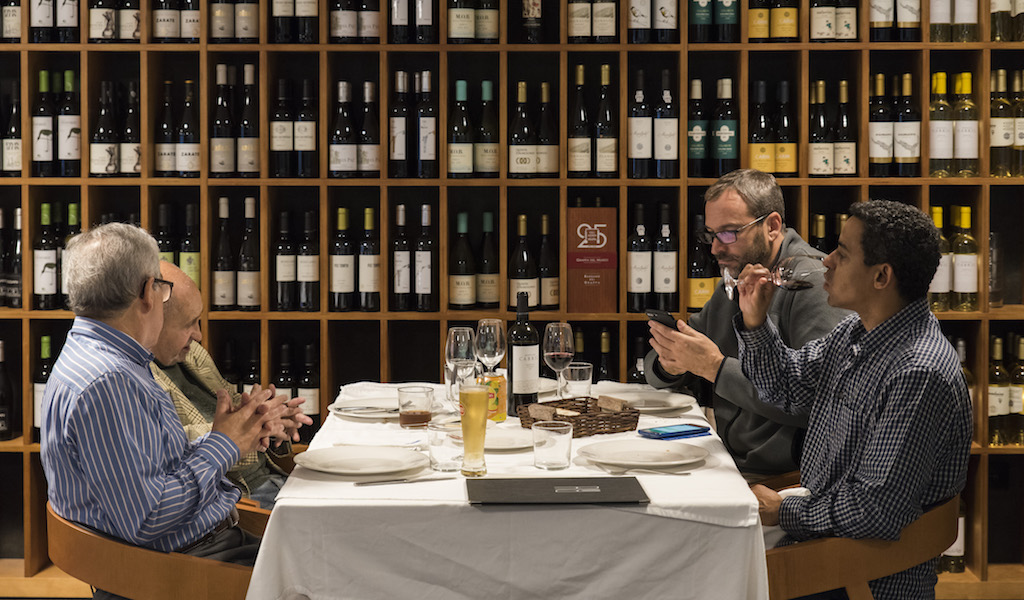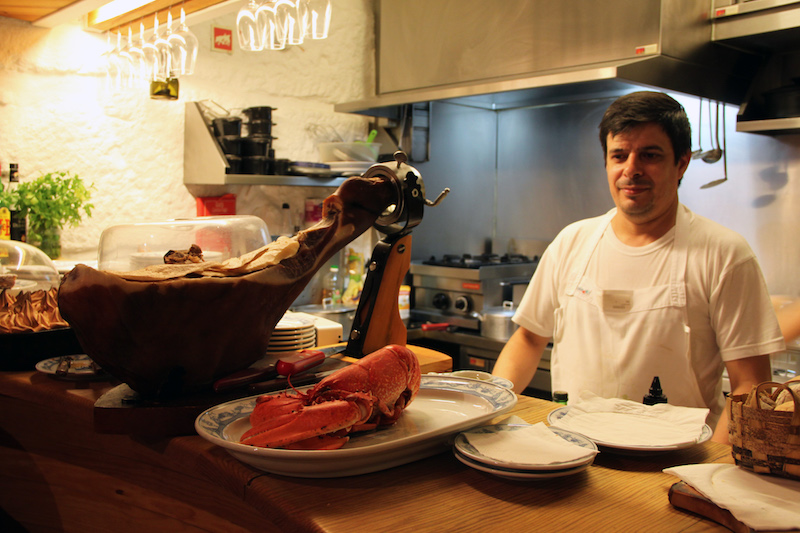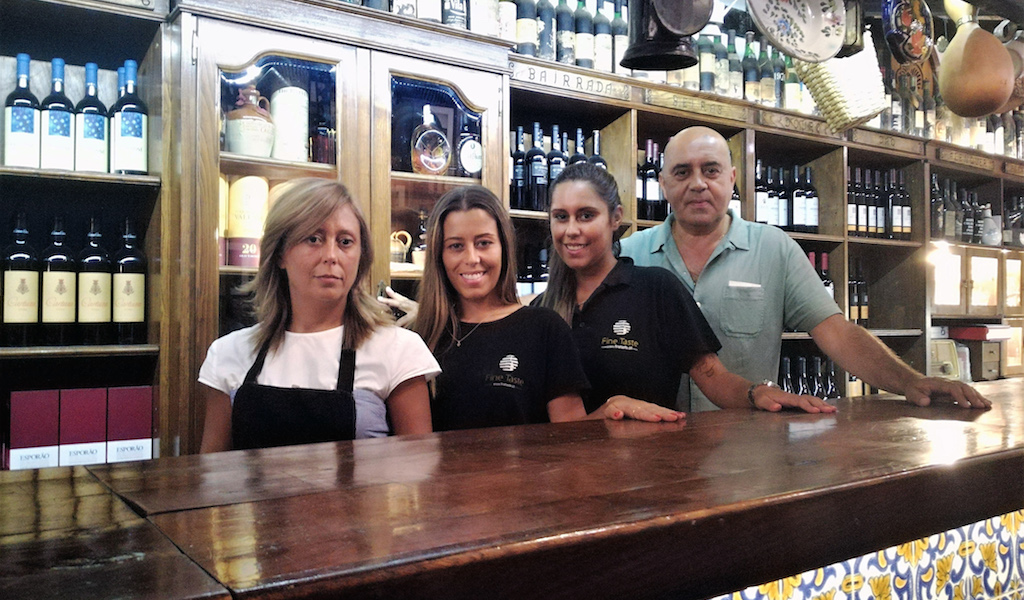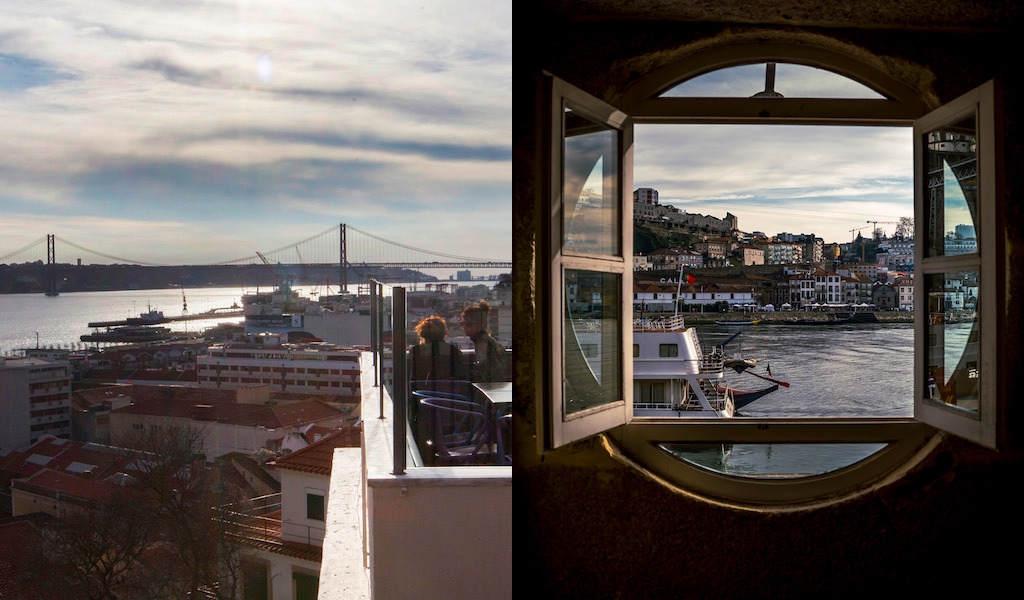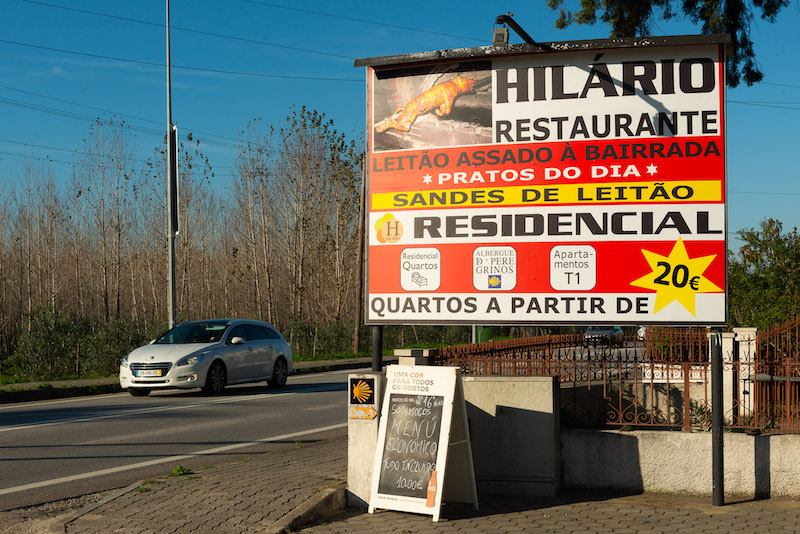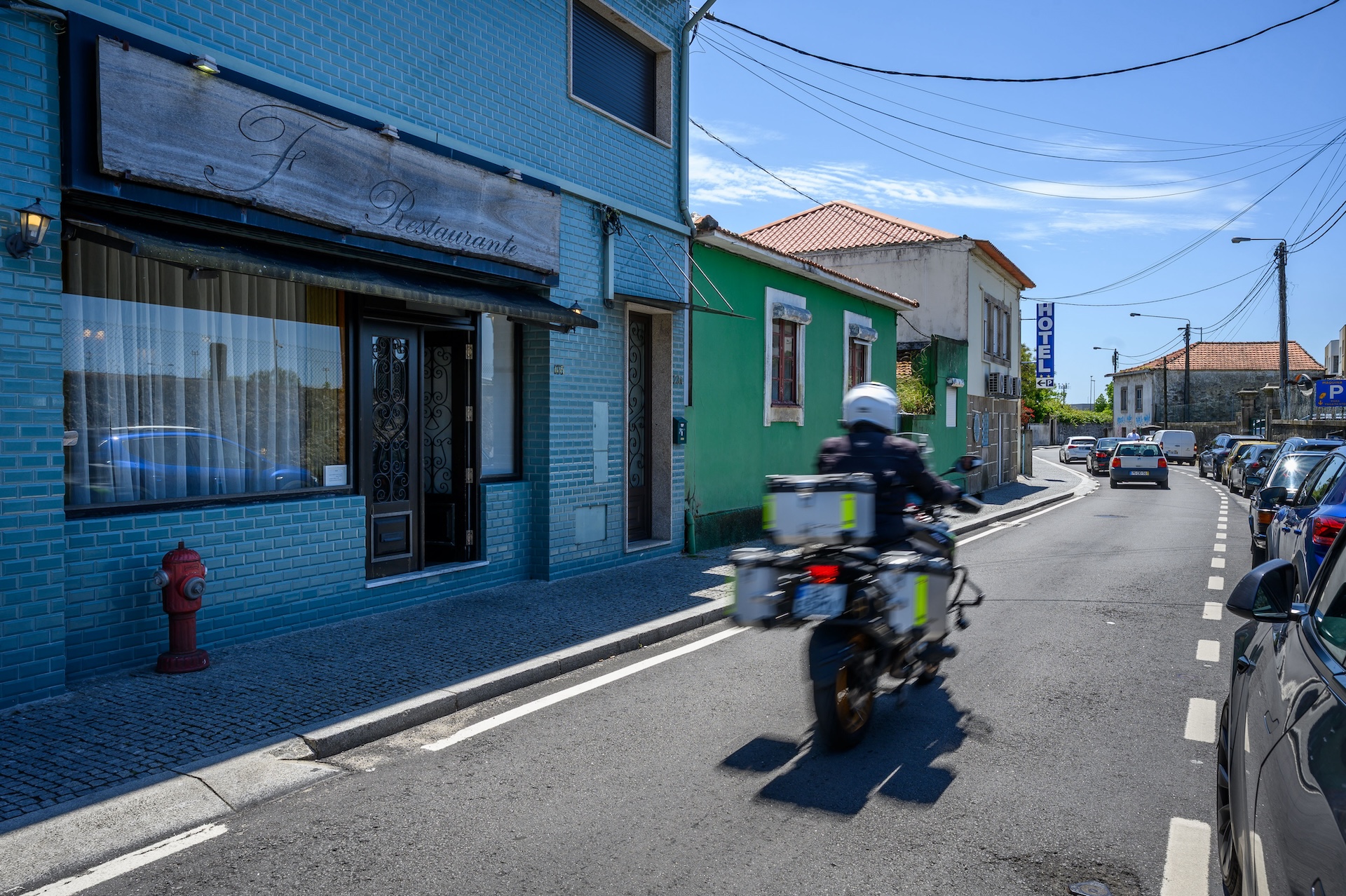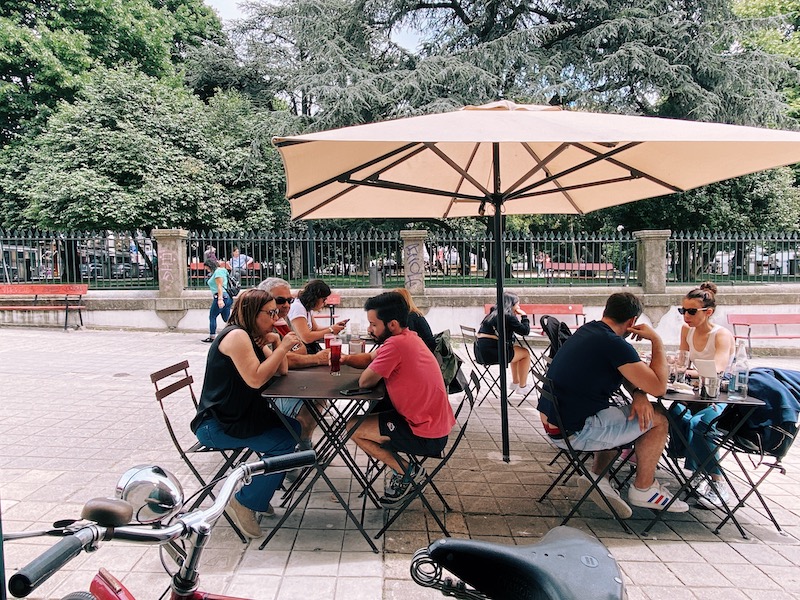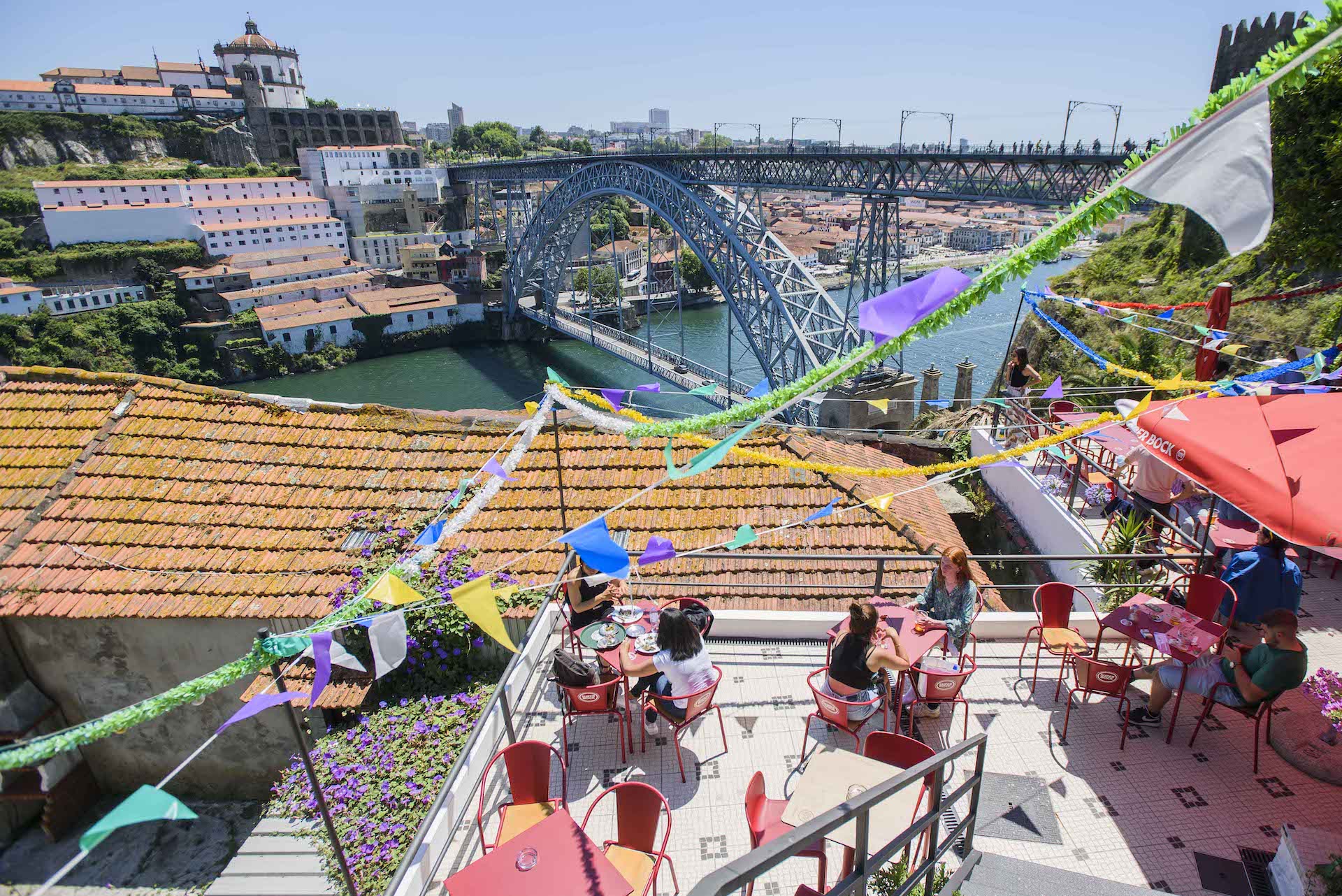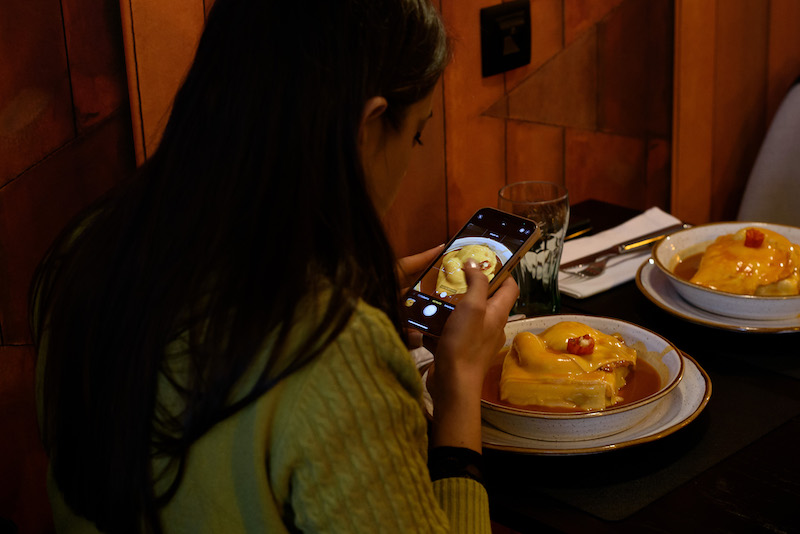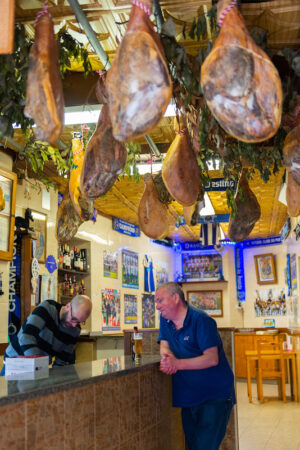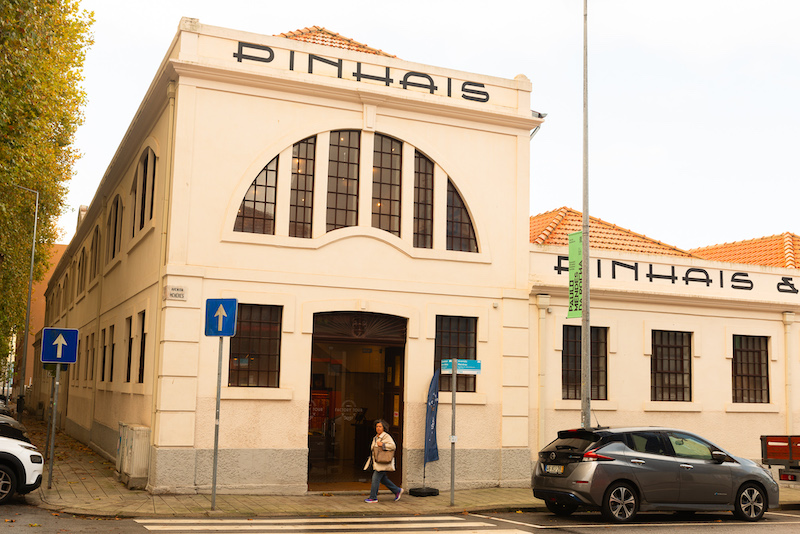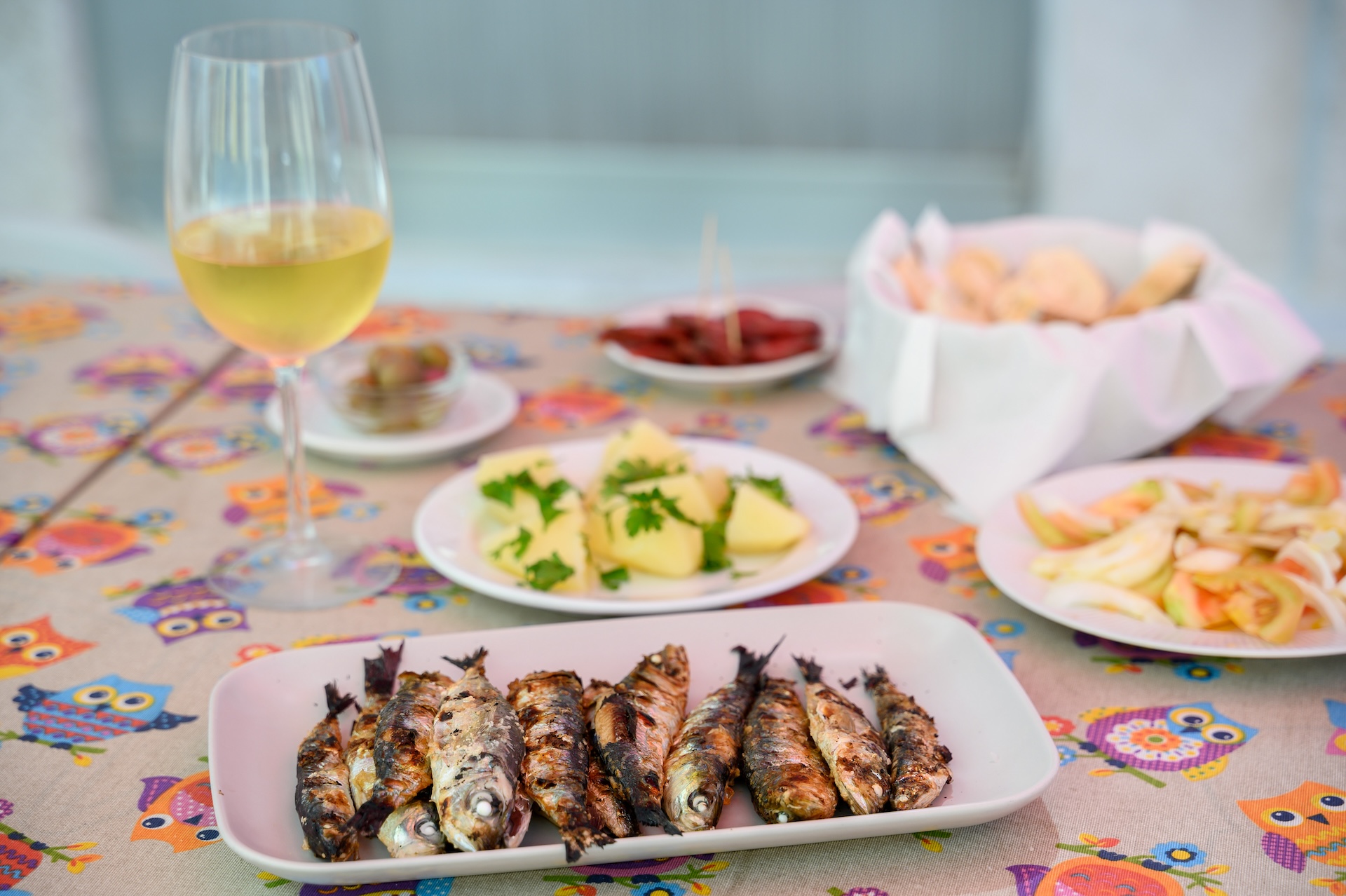We can't find the internet
Attempting to reconnect
Something went wrong!
Hang in there while we get back on track

Porto
Porto's culinary record
Porto’s homegrown cooking continues to survive in a way that mirrors the image of the river Douro that runs through the city: certain of its origins and (almost always) faithful to its path. There are certainly obstacles in the way, from flashy culinary trends to unbridled tourism, but traditional cuisine continues to flow forth, helped along by the fact that offering the “authentic” has become good business. The recipe for long-term success still remains elusive, for both the most old-school spots and the most gourmet chefs, and the city is still looking for the balance between staying true to tradition and opening the door to a new world of gastronomy. But we tripeiros will continue to have a stomach, as the Portuguese expression goes, for these changes, as long as there are still places for restaurants to open and affordable (and maybe even finger-soiling) meals to be had.
Get the Full Story →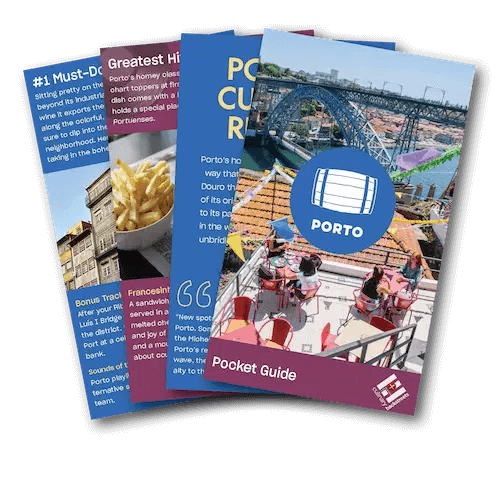
Get Your Free Porto Pocket Guide
Introducing our pocket-sized Porto guide — perfect for your next culinary adventure. Yours free when you sign up for our newsletter.
Get Your Free Porto Pocket Guide
Introducing our pocket-sized Porto guide — perfect for your next culinary adventure. Yours free when you sign up for our newsletter.
Visual Dispatches from the Frontlines of Local Eating
Porto Videos
Your Questions, Answered
Porto is the second largest city in Portugal, located on the northern coast of the country. It sits on the banks of the Douro River, extending to the Atlantic Ocean, where the river empties. It is considered the “capital of the North” and it is close to the Douro Valley region (to the east) and the Minho region (to the north).
While Porto is a good base for a daytrip to the Douro Valley, the city makes for a diverting stay, with beautiful museums, palaces and cathedrals. Eat at a local tasca (homestyle restaurant), watch the sunset over the river, order fresh grilled fish (or a Francesinha!) and grab a cable car to Gaia.
The best time to visit the city is the month of June, when the most important celebration takes place: São João or Saint John’s Festival. It is a city-wide event that lasts the entire night of June 23rd, into June 24th. The weeks leading up to the holiday are filled with activities as well, and the city is full of decorations as well as folks grilling sardines. In June, the weather is usually warm (but not too hot), and the days are longer. We also have several big events around this time, like the Primavera Sound music festival, the FITEI theater festival and the Serralves em Festa arts/music festival. Other good times to visit, especially for milder weather, are spring/early summer, as well as September/mid-October.
Generally, the climate in Porto is moderate, influenced by the proximity of the Atlantic. Summers are usually pleasant and mild. Most days never get too hot, around 78 F, though on the rare occasion temperatures can hit 100 F.In winter, temperatures rarely drop below 40 and maximum temperatures hover around 57. It almost never snows – the last (small!) snowfall was almost 20 years ago, but it does rain a lot. In spring/fall months, the weather can be very unstable. Locals know to check the forecast before leaving the house, to always dress in layers, and prepare for “several seasons in a day.” Warm days are more common in May/June and September, but windy periods, drizzly mornings and chilly nights are not rare. Rain is a part of life in Porto, sometimes gracing us even in the summer (albeit usually weak and lasting for short periods of the day). However, if you are coming during winter or in wetter months (like April and November), we recommend a raincoat and shoes fit for our (wet) steep cobblestone streets.
Prices in Porto are lower compared to the United States and Central Europe.A café (espresso) costs less than $1, a glass of local beer is around $1-2, and you can have a nice, mid-range dinner for around $15-20 person. However, prices can be significantly higher in touristic areas and restaurants, so check out our Porto archive to find the best local tips.
Portugal consistently ranks in the top 4 of the safest countries in the world. You should still keep an eye out for your bag and phone in more crowded/touristic areas, but violent crime is rare, and people in Porto will usually go out of their way to help you and make you feel welcome.
Arguably, one of the most famous dishes of Porto is the meaty, sauce-covered sandwich called francesinha. Although it is part of the culture of the city (debating which is the best francesinha is almost a sport here), Porto has much more to offer than this heavy comfort-food. The dish that gives Porto natives their national nickname – Tripeiros – is a casserole-like bean stew called Tripas à moda do Porto. It consists of tripe as well as other meats, sausage, vegetables and white beans). Caldo verde is a soup made with Portuguese (or Galician) kale, flavored with a piece of chouriço. It is a simple but comforting recipe, that is a common first dish in many Porto (and Portuguese) homes. Fresh fish and seafood is a must in every coastal city in Portugal, and Porto is no exception. A simple grilled fish (like the famous sardines), or octopus dishes are one of the best things you can have in Porto.
If you’re visiting for a few days, the best option is to stay in the city center, as you will be in walking distance of the main attractions, restaurants and nightlife. However, the areas surrounding the center (like Constituição, Boavista or Bonfim) are very close and well connected, and may be an option if you want a quieter neighborhood or a base to explore other parts of the city.
The vaccination rate in Portugal is one of the highest in the world. Masks are only mandatory on public transport (this includes taxis and similar private passenger transports), and health facilities (as of June 2022). You can find updated info about the measures implemented here.
Americans can travel to Portugal visa-free for up to 90 days. Those traveling from the US need either a negative Covid-19 test result or proof of vaccination. You can find updated info about entry requirements here.
Porto has an international airport (Aeroporto Francisco Sá Carneiro), and you can fly directly there from many locations worldwide. The city center is not far from the airport (around 10 miles – or a 20-minute car ride), and it is directly connected by metro and bus.
Porto has a diverse dining scene, ranging from Michelin-starred restaurants, trendy and innovative new venues to traditional down-to-earth eateries – it’s impossible to pinpoint just one. Check our top 10 essentials list for our latest tips.
Porto has beaches within the city limits, located in the Foz district. Although very pretty, the beaches in this area are small and rocky, and locals usually go to this area to walk, jog or bike on the promenade, or to watch the beautiful sunset from one of the many bars, cafes and restaurants that overlook the Atlantic. The best beaches in the region are found in the adjacent towns of Matosinhos (to the north) and Vila Nova de Gaia (to the south), both a short car-ride away (15-20min), and easily accessible by public transport. At these spots, you can find large beaches with golden sand and waves suitable for surf and bodyboarding.
Being a safe and friendly city, Porto is good for families with children. There are several parks and gardens, nearby beaches and many venues (like the Contemporary Art Museum or the Casa da Música concert hall) have dedicated areas and regular activities for children. Nevertheless, some of the areas of the city (especially in the most touristic areas) may be difficult to navigate with strollers, as they are hilly and covered in cobblestones. Families with children may want to avoid hotels in the busier (noisier) areas like the bar district (known as Galerias, around the Clérigos neighborhood).


